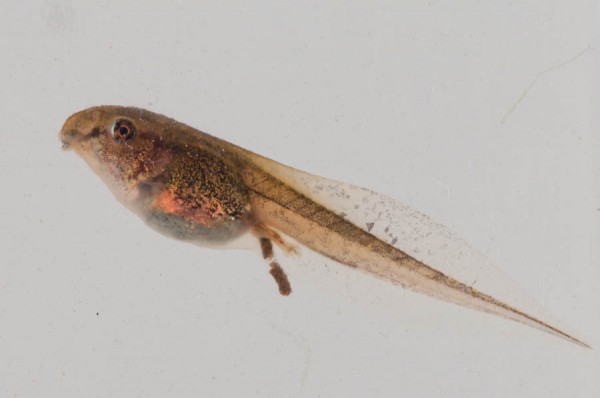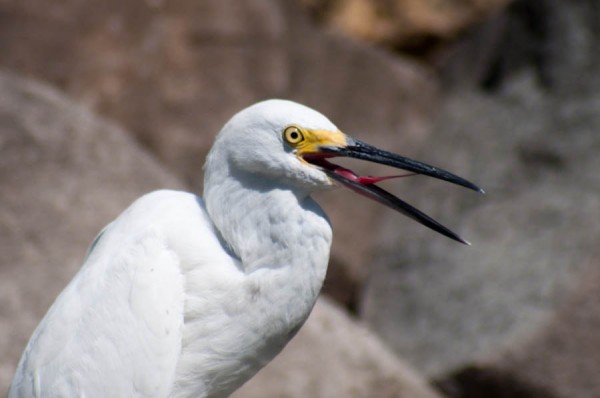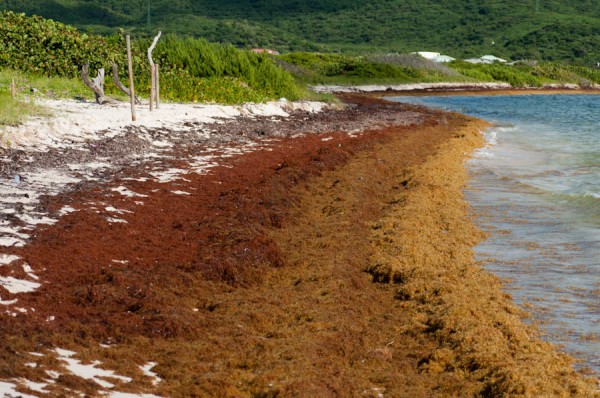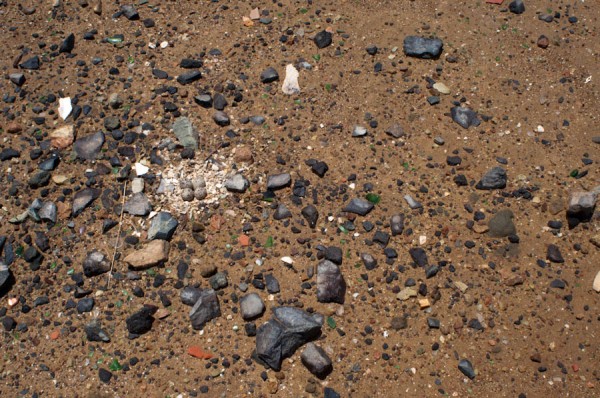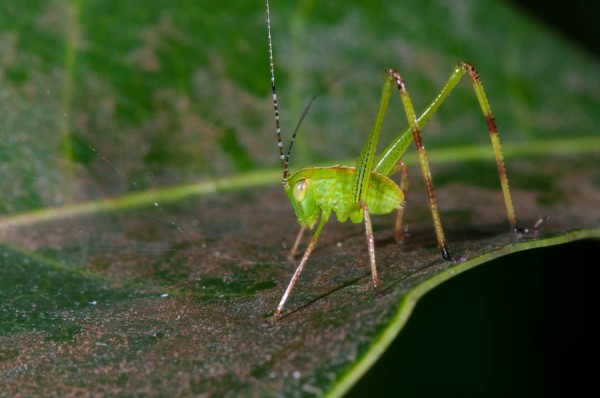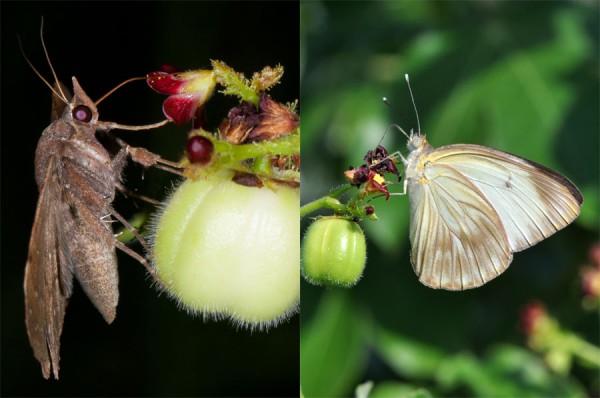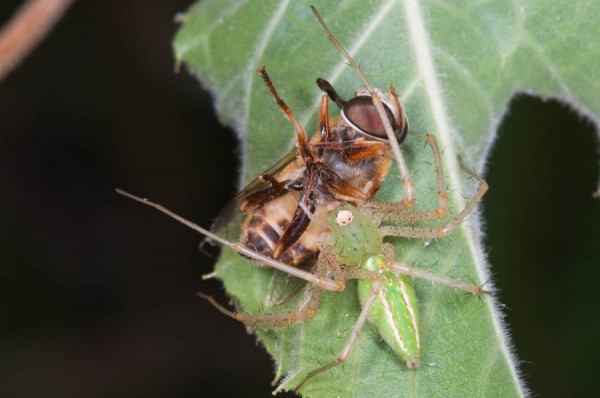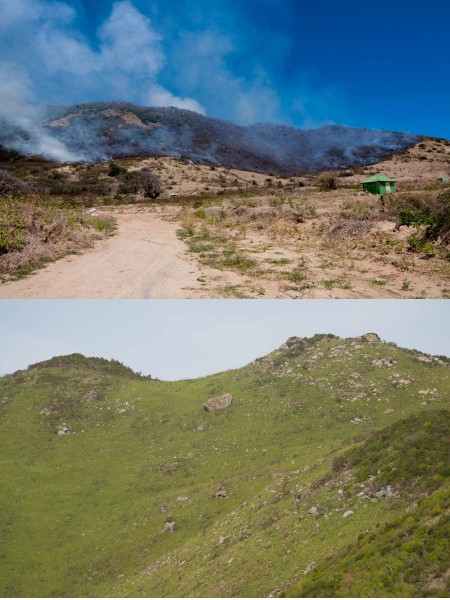Sleepin’ Lizards!
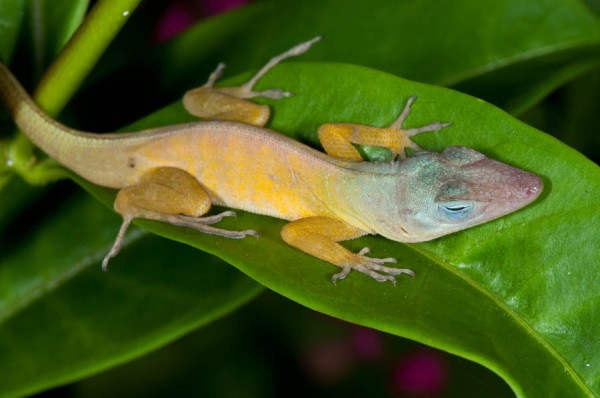
Sleepin’ lizards! Learn more about a day (and night) in the life of St. Martin’s wildlife and much more at the Wildlife Beats workshop tomorrow at 11am at University of St. Martin. In the workshop, we’ll discuss the various cycles that influence St. Martin’s wildlife, from periods as short as a day to as long as an ice age. The […]


